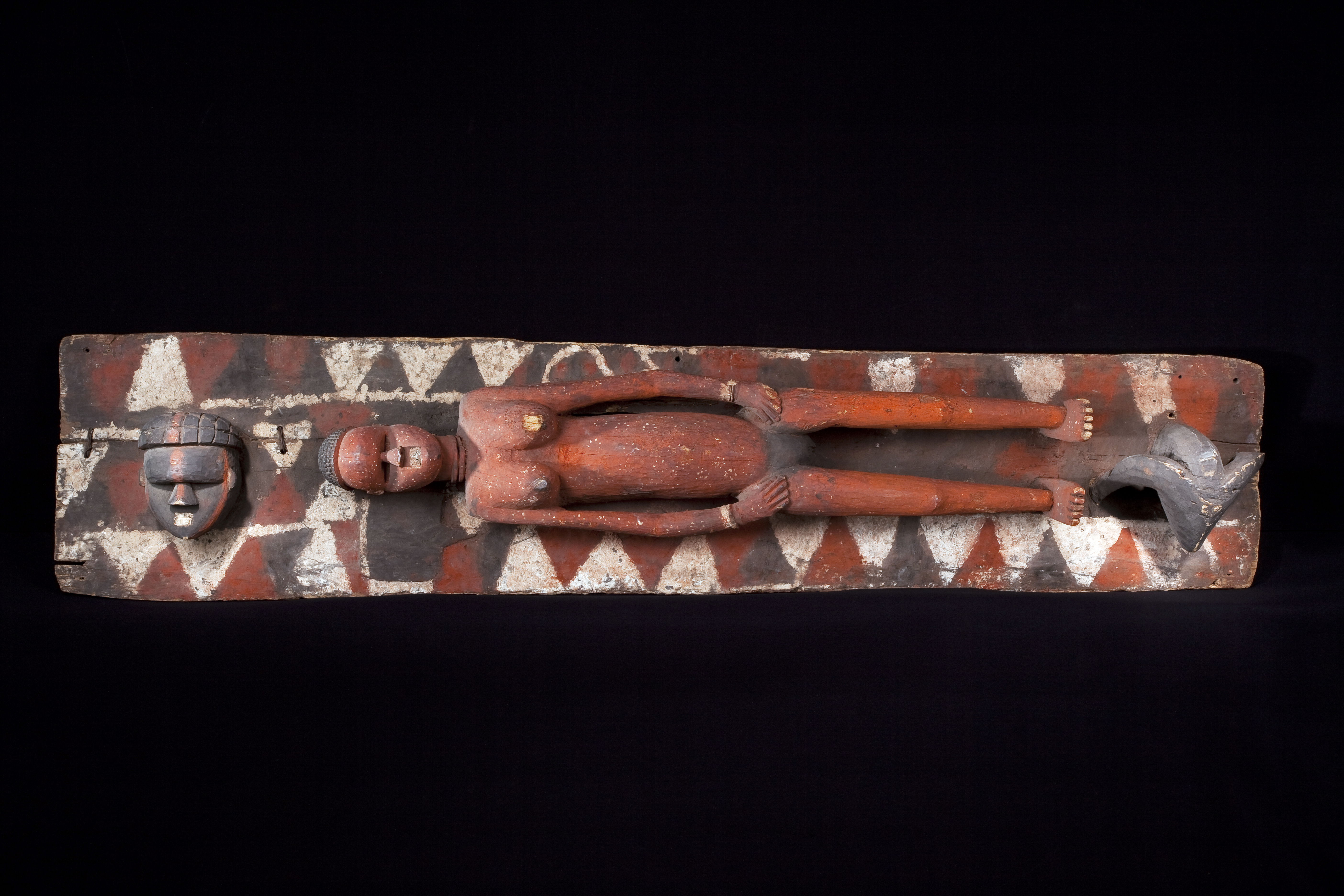While all artists create their own works of art, Cuban American artist José Bedia is making the jump from artist to curator at the UCLA Fowler Museum.
Bedia will be curating “Bedia Selects,” an exhibition at the Fowler consisting of more than 30 pieces, selected by Bedia himself from the museum’s collection.
“Bedia Selects” also accompanies “Transcultural Pilgrim,” another exhibition at the Fowler Museum which showcases Bedia’s own original works of art.
“The idea was that he would be not only the artist featured in the big gallery, but he would be curating a smaller show in a smaller space,” said Judith Bettelheim, curator of “Transcultural Pilgrim.”
With this vision in mind, other curators simply facilitated Bedia’s selection of art objects from the Fowler’s permanent collection, according to Patrick A. Polk, curator of Latin American and Caribbean popular arts at the Fowler.
“We just served as liaisons to pick up and bring to fruition his selections. It was his vision,” Polk said. “The main thing was to give José (Bedia) access to our collection to bring things out that we had either never shown or would not have the opportunity to display. He was like a kid in a candy store.”
According to Gemma Rodrigues, curator of African arts at the Fowler, the pieces chosen by Bedia are primarily works of art from Central Africa, a region that is of great personal significance to him.
“It is not just arbitrary that he was keen on exploring the Central African collection,” Rodrigues said. “He wound up in that very part of Africa as a Cuban soldier fighting in Angola’s civil war. That was the moment when he really encountered these arts directly.”
Polk said that this experience led Bedia to examine elements of power associated with various art objects.
“Something that resonates with him is the function of power and how people are affected by power, both positively and negatively,” he said.
Rodrigues said that these objects are also visually connected to Bedia’s own works, which have formal connections to the pieces he chose as a curator.
Some pieces, such as a rare Sala Mpasu dance platform, speak to Bedia’s deeper knowledge of the role that art objects play in African society, according to Rodrigues.
“He is thinking about how artists are manipulating color and structural form to really communicate certain kinds of ideas,” she said. “The dance platform was reserved for an elite and ferocious warrior society, which is another thematic connection.”
Bettelheim said that those who visit this exhibition will find that the selections deviate from stereotypical notions of African art.
“He deliberately avoided and did not want to show what people would expect, which would be small, figurative sculpture or mass. He wanted to open people’s eyes to a huge variety of art that is unexpected,” Bettelheim said.
“Bedia Selects” is also an opportunity for students to become better acquainted with another culture and to broaden their view of such visually attractive African art, according to Bettelheim.
“As an artist, his primary reaction was aesthetics,” Bettelheim said. “When you see the shields with lots of surface decorations, it is almost like an abstract painting.”
According to Polk, “Bedia Selects” will give people a chance to expand their views of art and another culture.
“It is part of a larger process of being in the world as opposed to being parochial and having narrow visions and understandings of the world,” Polk said. “It is a way to have a closer connection.”
